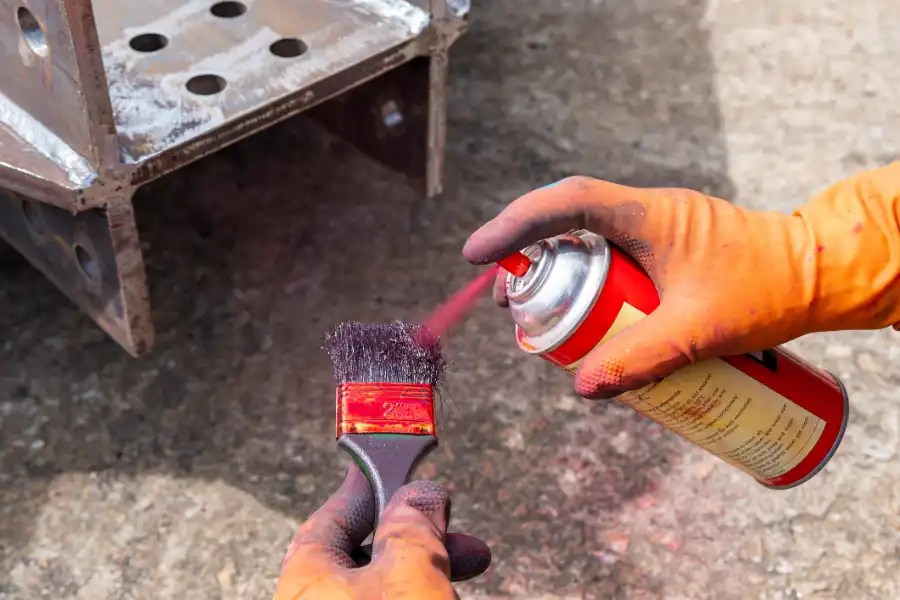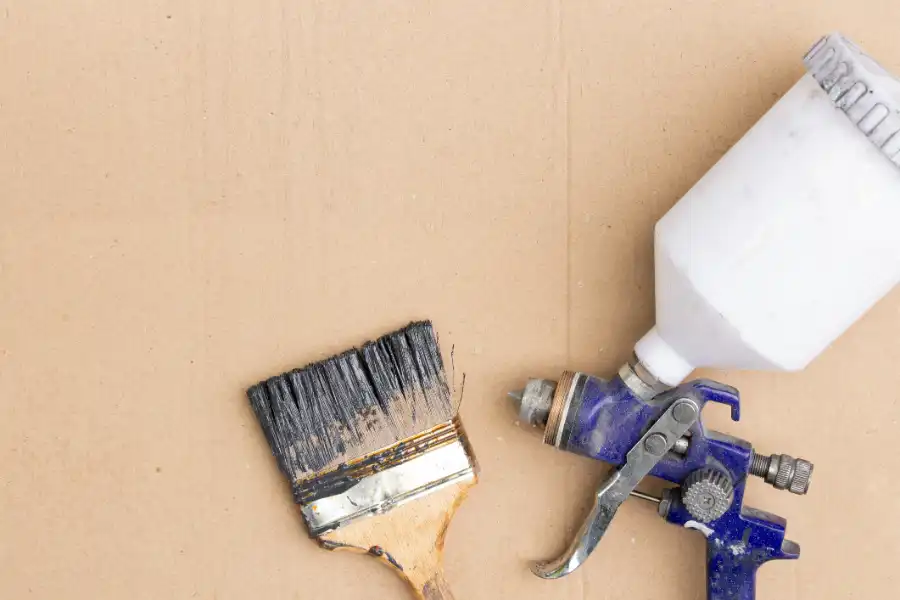The Key Differences in Application Methods
Choosing the right painting method for your project can make a significant impact on the final result. While both spray and brush painting have their pros and cons, understanding when each is most effective is crucial. Some projects benefit more from a smooth, even coat that spray methods offer, while others require the precision that only hand brushing can achieve. Your choice will depend on factors like surface size, texture, and desired finish.

Smooth Finish Requirements
When you need a flawless finish, spray painting excels. It provides an even coat with no brush marks. This technique is ideal for large surfaces, such as walls or ceilings, where consistency is key. Spray painting also saves time, covering broad areas swiftly compared to the deliberate strokes required with a brush.
Tackling Large Areas Efficiently
If your project involves expansive spaces, spray painting should be considered. It allows for quick coverage of large areas without compromising uniformity. This makes it highly efficient for outdoor projects like fences or commercial buildings where time savings are valuable. The streamlined process reduces labor hours and often results in a cost-effective solution.

Precision and Detail Work
For detailed work or intricate designs, brush painting stands out. Although slower, it offers superior control over edges and small areas. You might prefer this method for smaller DIY home projects or when applying paint in hard-to-reach spots. Brushes provide the ability to manage color blending and detail work that may be challenging with spray techniques.
Material and Surface Considerations
Different materials react uniquely to paint application methods. Textured surfaces or porous materials like wood often absorb paint unevenly with sprays, leading to additional coats. Here, brush painting proves advantageous by ensuring thorough paint penetration and adherence. This method also prevents overspray issues commonly associated with spray tools.
Environmental Impact Factors
Consider environmental aspects when selecting your painting method. Spray painting can produce more waste through overspray and requires extensive masking to protect unwanted surfaces. In contrast, brush painting minimizes paint wastage and offers better control over the amount applied, making it a more eco-conscious choice for smaller tasks.
Cost Implications
Financial considerations play a role in choosing between these two methods. Spray equipment rental or purchase can increase upfront costs but may save money long-term through reduced labor expenses on larger jobs. Conversely, brush painting involves minimal initial investment but demands more time and effort, which could raise labor costs for extensive projects.
Professional Recommendations With Industry Insights
Experts suggest matching the painting method to project requirements for the best outcome. Always weigh factors such as area size, finish quality, and budget constraints before deciding. If high-quality finishes are paramount, spray techniques excel. However, for customization and detailed touches, traditional brushing remains unmatched.
Making Your Choice With Confidence
Selecting the appropriate painting method ensures optimal results for your specific needs. Understanding the strengths of each technique empowers you to make informed decisions that align with your project’s goals. For further assistance and expert advice tailored to your situation, contact John Clarke Painting at (416) 434-2762. Based in Scarborough, ON, our team specializes in delivering exceptional painting solutions that meet a wide range of requirements.